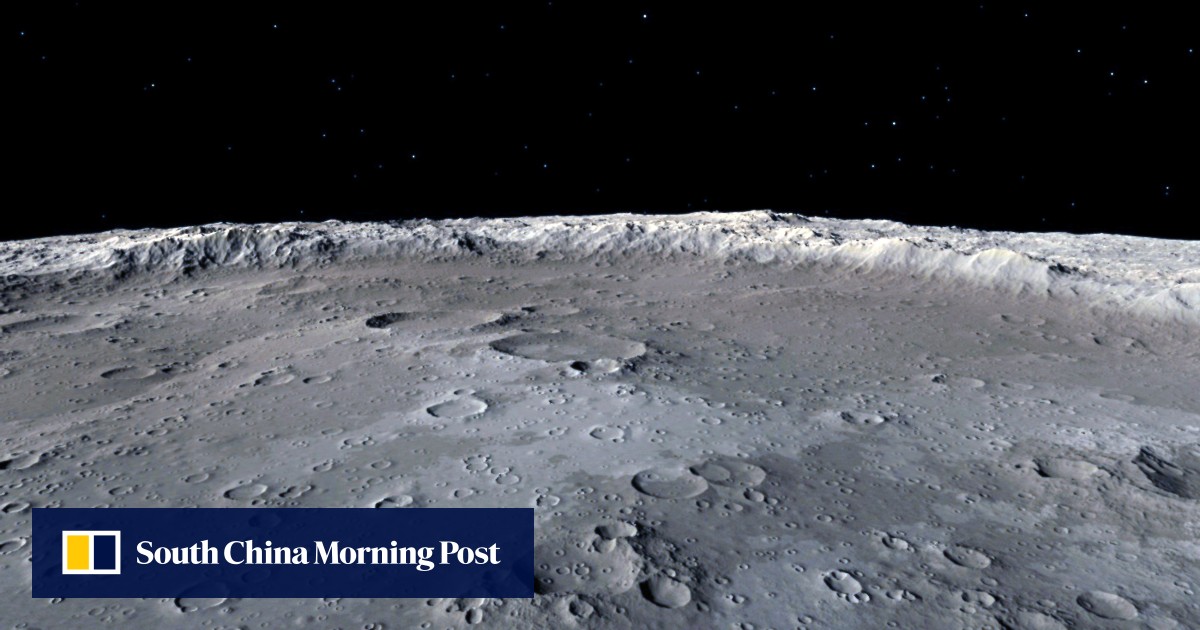beijingwalker
ELITE MEMBER

- Joined
- Nov 4, 2011
- Messages
- 65,195
- Reaction score
- -55
- Country
- Location
China plans year of milestones for Long March 9 super heavy rocket engines, powering missions to the moon, Mars and beyond
- The YF-79 will be one of the world’s most powerful when completed and is on schedule for whole-of-machine testing in 2022
- Three of the four engines in development are for the rocket which will power the country’s missions to the moon, Mars and beyond
Published: 6:00pm, 23 Jan, 2022
The rocket engines will power China’s ambition to land astronauts on the moon by 2030. Photo: Shutterstock
China is aiming for major progress in its rocket engine development in the coming year, as it prepares for crewed missions to the moon and other ambitious space missions.
Three of the four engines in development are for the next generation super heavy-lift Long March 9 (CZ-9), the rocket at the heart of plans for Chinese astronauts to land on the moon by 2030.
The CZ-9 – almost six times more powerful than the Long March 5 (CZ-5) – will also serve future missions to Mars and other interplanetary journeys.
The CZ-9 – almost six times more powerful than the Long March 5 (CZ-5) – will also serve future missions to Mars and other interplanetary journeys.
Main space contractor China Aerospace Science and Technology Corporation (CASC) outlined a number of milestones it expected to hit this year at its No. 6 Institute, where the liquid-fuel rocket engine development programme is based.
These include a whole-of-machine test for the YF-79, intended for the third and final stage of the CZ-9’s flight. The 25 tonne-thrust expander cycle hydrogen-oxygen engine will be the world’s most powerful of its kind once completed.
There will also be a half-system test of the second-stage YF-90 engine and a whole-of-machine test of an 80 tonne-thrust engine, according to a social media posting by the institute.
The YF-90, a 220-tonne-thrust supplement combustion cycle hydrogen-oxygen engine, will be a significant power increase on the CZ-5’s 50 tonne-thrust YF-77. Some of the YF-90’s specifications are expected to catch up with its most advanced counterparts. A prototype was only built last year.
Another great leap from its predecessor is the YF-130, a 500 tonne-thrust supplement combustion cycle kerosene-oxygen engine, which is also closing in on the world’s most powerful.
A half-system test was completed in 2021 on the YF-130, which will be used for launch and as second stage boosters.
The development of these engines represents China’s determination to break the bottleneck in rocket capacity.
The CZ-5 – workhorse of the last lunar mission and construction of the Chinese space station Tiangong – can send just 25 tonnes into lower-Earth orbit (LEO). In contrast, the CZ-9 is designed with an LEO capacity of 140 tonnes – comparable to the US Falcon Heavy’s 150 tonnes.
The CZ-9 will also be able to deliver a payload of up to 50 tonnes as far as the moon, and up to 44 tonnes to Mars.
It will be another busy year for the CASC, with more than 40 launches planned, including two cargo spacecraft, two passenger spacecraft and two experiment modules to complete the Tiangong. The Long March 6A is also expected to make its debut.
This year’s schedule for the corporation is slightly ahead of the 2021 target of 40, which the CASC exceeded by sending 48 rockets into space last year. Overall, China had a total of 55 launches compared to the United States’ 51.
The 2022 programme lifted off on Monday, with the launch of a Long March 2D (CZ-2D) carrier rocket from the Taiyuan satellite launch centre. The delivery of the Shiyan-13 satellite into orbit was the Long March family’s 406th mission.

China space programme plans year of milestones for Long March 9 engines
The YF-79 will be one of the world’s most powerful when completed and is on schedule for whole-of-machine testing in 2022.


